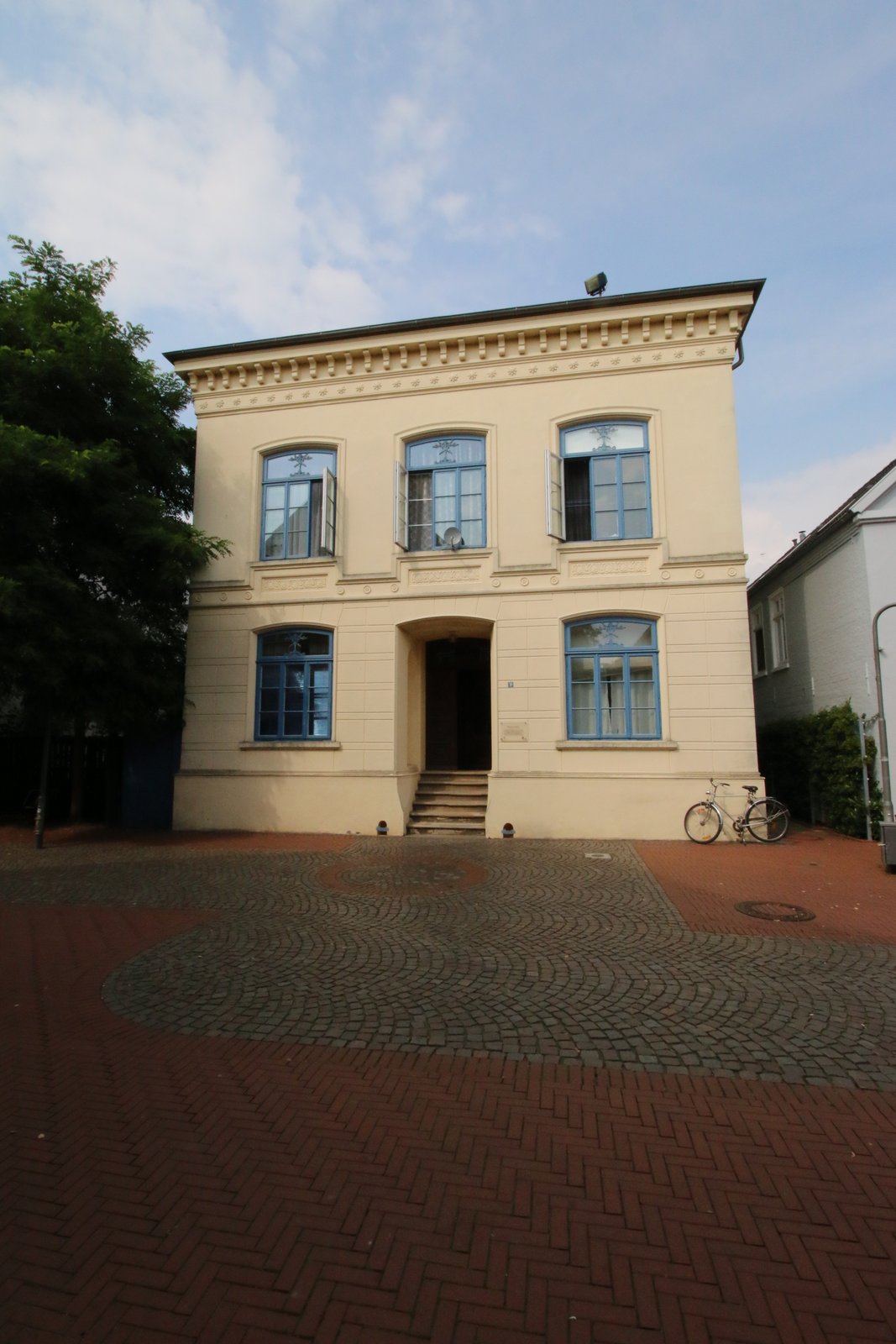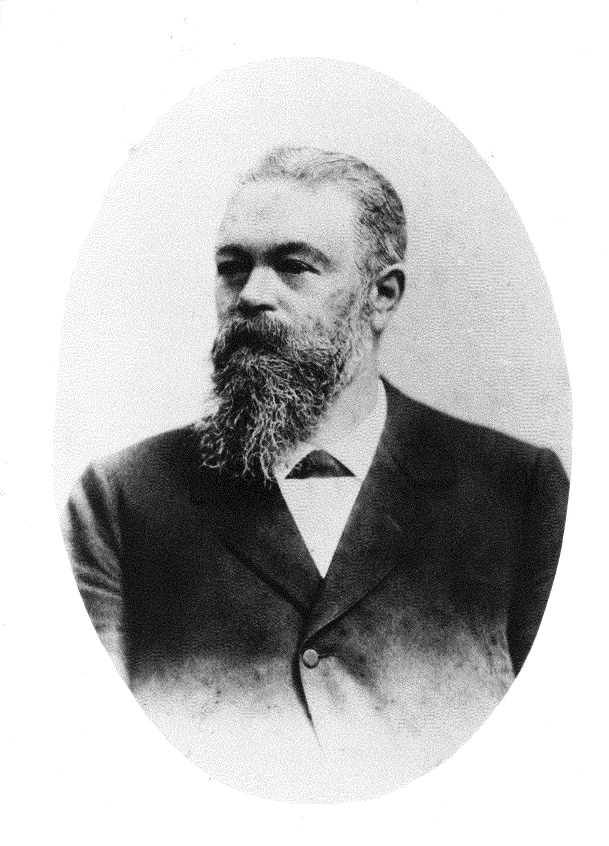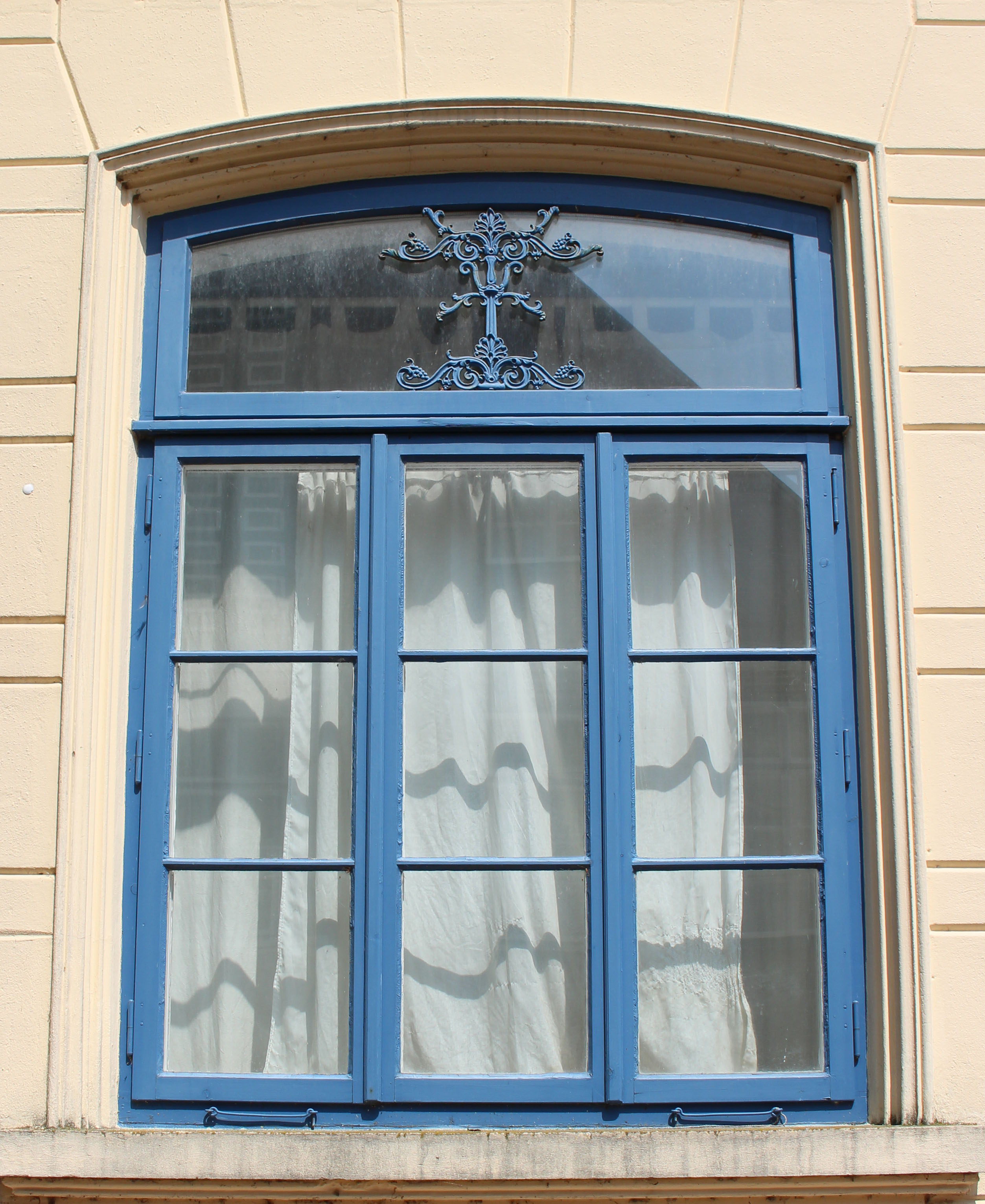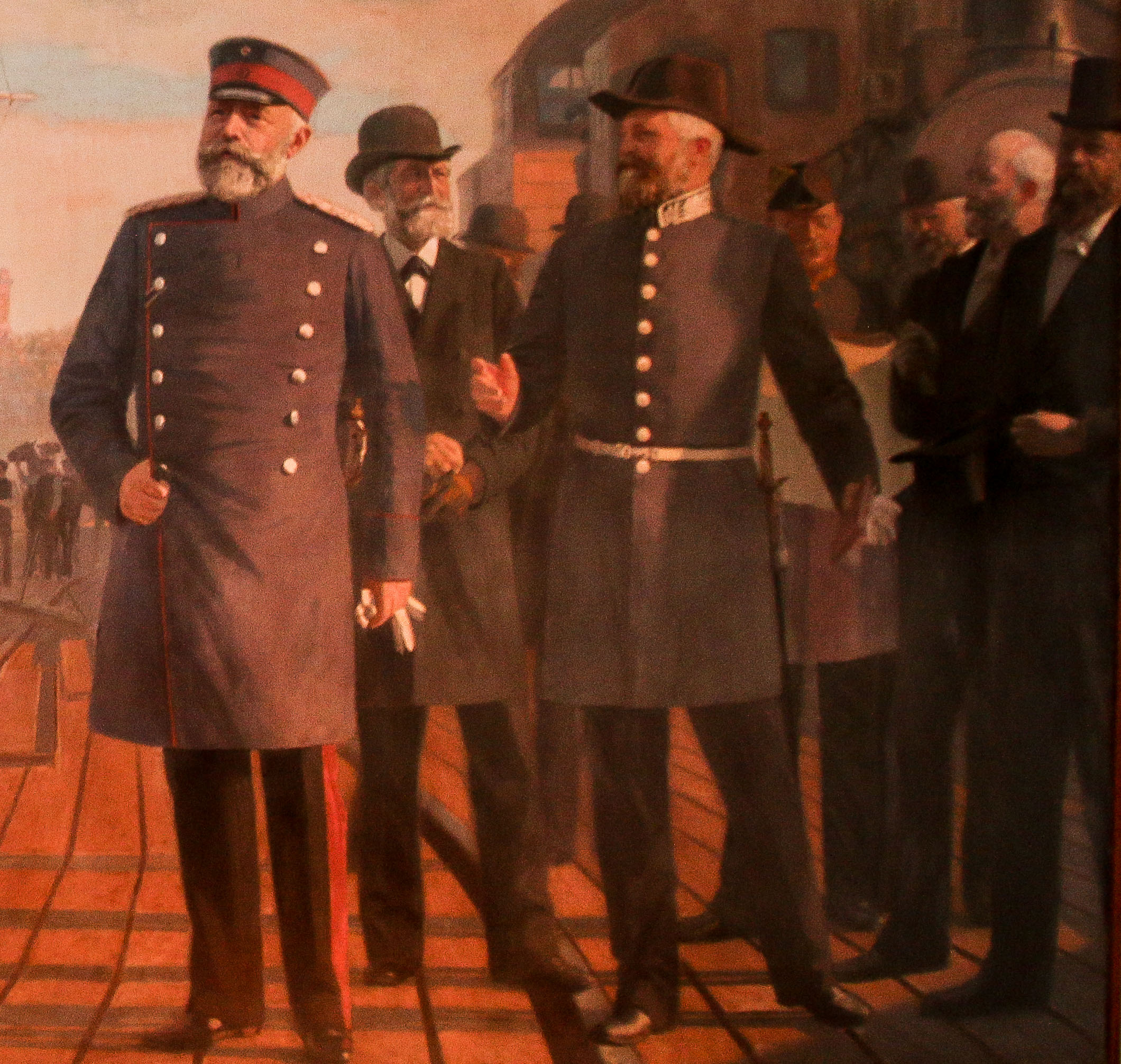
Bewerten
a78cbdf3-a8a9-4e60-a9f1-b169210a2523|0|.0|96d5b379-7e1d-4dac-a6ba-1e50db561b04
In 1856, Brake received the official designation as a city, along with Varel and Elsfleth, and this move forward was accompanied, at least for some years, by an economic upturn. The Mayor´s House (“Bürgermeisterhaus”) is a city mansion in the late classical style and serves as an architectural articulation of wealth. It was built in 1862 by Johann Friedrich Schumacher, a captain from Elsfleth.
Between 1881 and 1909, it was the residence and office of his son, Friedrich August Schumacher, who served for some 28 years as the mayor of the city of Brake and died on 27 May 1909, shortly after retiring from that office. He took care of all official business from his private home, the name of which recalls these days.
Today, several rental apartments are located within the house.
The Name Giver
 Friedrich August Schumacher
Schumacher was the son-in-law of his predecessor in this very function, the lawyer and merchant Hermann Gerhard Müller (1803-1881), who had become the first mayor of Brake in 1856.
Friedrich August Schumacher
Schumacher was the son-in-law of his predecessor in this very function, the lawyer and merchant Hermann Gerhard Müller (1803-1881), who had become the first mayor of Brake in 1856.
He conducted all of his official business within his residential house whose title, “Bürgermeisterhaus” (“Mayor´s House”), reminds us of the era. Although Brake had its own Town Hall as of the beginning of the 19th century, located near the current position of the Trustee Savings Association of Oldenburg, however, this prove to be too small to fulfill the necessary spatial requirements. Brake did not receive its first true City Hall until the reconstruction of the old building was completed in 1895/95.
Unclear Signs
Information as to the status of the old Mayor´s House as of 1909 remains somewhat obscure. Nevertheless, it has been established that 1929/1930 the widow Schumacher and the manufacturer Anton Hoffmann lived there. In 1935, Julius Raths, an employee of the Cadastral Office, also located in the Mayor´s House, resided there as well. Less clear is the true function of the house during the “Era of National Socialism”. Apparently, the house served as the domicile of the District Administration of the NSDAP, but this has not been unequivocally documented. An address book of Brake dating back to 1935 mentions that the District Administration of the NSDAP was located at the time in the street Lindenstrasse 4. After the Second World War, the building along the street Breite Strasse functioned once again as the seat of the Cadastral Office for some years.
Dispute and subsequent Use
In 1974, the Mayor´s House, owned by the city at the time, was sold. The diverse forms of usage as well as the vacancy level and the delayed investments had led to the miserable ground state of the building. The new owner, a real estate development company, hoped to raze the house and to replace it with a commercial object. However, the City Administration denied the request for a demolition permit. As a result, a legal battle spanning several years preoccupied the Administrative Court, until the real estate development company gave in. In May of 1986, a fundamental renovation was initiated. Today, several rental apartments are located in the house.
Architecture
 Ornaments
The stairway and the front door have been maintained in the original condition. It is unclear whether the windows are also in their initial form or perhaps replicas in the old style. At any rate, the cast-iron ornaments were re-inserted as a division bar in the skylights of the windows. They now belong to the extraordinarily rare remaining examples of artistic works of iron from the Vegesack Foundry, having been crafted in accordance with the designs of the merchant Andreas Friedrich Uhthoff (1780-1860). The ornamental designs used in the skylights of windows and doors were a specialty of the towns located along the Lower Weser. These lattices and window dividers can still be seen in some house in Brake and notably in Bremen. The terrace originally located behind the Mayor´s House had to be removed. Moreover, a bunker also situated behind the house was demolished. In the summer of 1987, the renovation was successfully completed.
Ornaments
The stairway and the front door have been maintained in the original condition. It is unclear whether the windows are also in their initial form or perhaps replicas in the old style. At any rate, the cast-iron ornaments were re-inserted as a division bar in the skylights of the windows. They now belong to the extraordinarily rare remaining examples of artistic works of iron from the Vegesack Foundry, having been crafted in accordance with the designs of the merchant Andreas Friedrich Uhthoff (1780-1860). The ornamental designs used in the skylights of windows and doors were a specialty of the towns located along the Lower Weser. These lattices and window dividers can still be seen in some house in Brake and notably in Bremen. The terrace originally located behind the Mayor´s House had to be removed. Moreover, a bunker also situated behind the house was demolished. In the summer of 1987, the renovation was successfully completed.
Experiences in the museum
A contemporary depiction of Brake’s mayor Friedrich August Schumacher can be found in the colossal painting by Bernhard Winter. The painting that Winter created from several single studies is known as „Braker Piereinweihung", but shows an entirely fictitious situation. Nevertheless, many Brake citizens can be identified, along with Grand Duke Nikolaus Friedrich Peter.
Maritime Museum - "Haus Borgstede & Becker", Breite Straße 9, 26919 Brake - 1st floor
